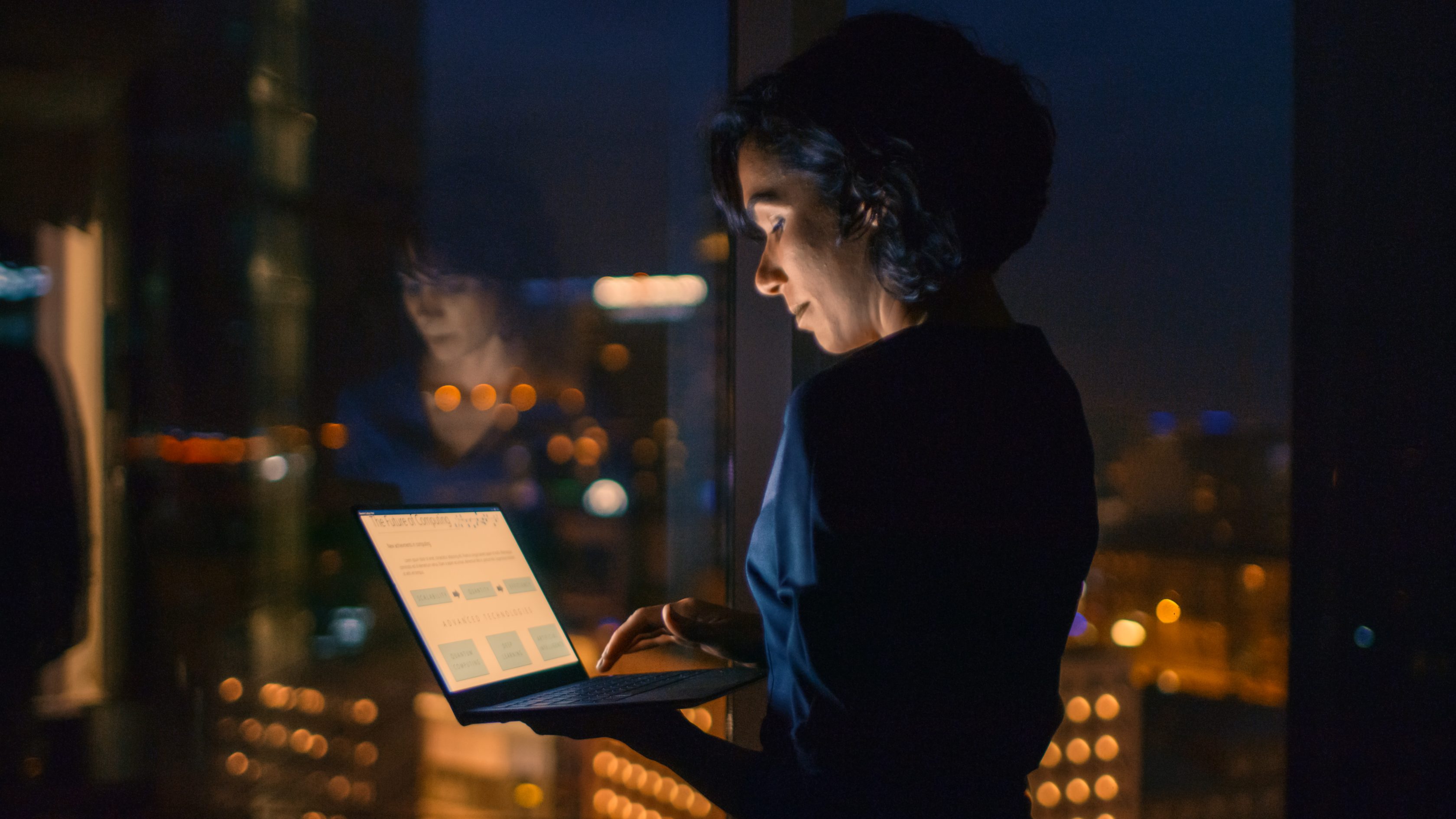How do we make sure customers’ needs are taken into account when creating new services? Steve Pelczer, Group Head of Product and Services Development, and Thomas Missonnier, Group Services Marketing Manager, have been working for the past months on our new customer platform MyEH. In this interview, they explain how customer experience has always been their top priority when developing MyEH.

When did Euler Hermes start adopting a customer-centric approach to develop new services?
Thomas: Our broker platform Euler Hermes Sync was the first project where we worked in an agile mode and with a user-centric approach. It was the first time we started by asking the target audience what their expectations were. We interviewed around 25 brokers worldwide to get insights on what they felt about their online experience and their daily interaction with Euler Hermes. It was the first step in adopting a new mindset of being agile and co-creating with our partners and customers.
Steve: It was indeed the first time we pushed to have UX (User Experience) as an independent stream in the project. We wanted to work not only on the look and feel of the screen, but also on the experience of the user when using the tool. We ran tests with brokers where we asked them to perform a series of tasks, and then we assessed their experience. It was very different from the functional testing. This approach was very successful and we really saw the value of it. We learned a lot using this methodology and we now follow a similar approach when we work on new projects. This is the case for our new customer platform MyEH.
Concretely, how did you take into account customers’ needs and expectations when building MyEH?
Steve: When starting working on MyEH, we had the amazing opportunity to ask ourselves, without any constraint: what do we need to do as a company to deliver the best possible customer experience? The first thing we did was to listen. The idea was not to ask customers to provide the solutions, but to tell us what needs and problems they had and what they wanted. It was then up to us to find the appropriate solutions. Our priority was to deliver the best customer experience all the time.
We also benchmarked other companies outside of our industry to identify and seek inspiration from best-in-class UX. An example is how we changed the way we now welcome and onboard new users.
Then we co-created with customers by asking them at each stage what they thought about the proposed features. These feedback loops throughout the process were essential to understand exactly what customers’ needs and expectations were. In some cases, we ended up changing the process, the terminology used on the platform, etc. We really challenged ourselves internally by wondering at every stage: “is it the right way to do it?”
Thomas: We started with the customer journey to understand what customers were expecting and what their pain points were. Our whole mindset was about putting customer’s feedback first and placing their needs as a top priority.
We worked using an agile methodology which forced us to have short circles of development deliveries and testing, and we combined it with the customer-centric approach. Having regular feedback loops really enabled us to make sure we were meeting clearly the needs they had, not the needs that we thought they had.
Steve: I would say the feedback is still an on-going topic. We specifically built a feedback functionality within MyEH itself. In the future, we expect to keep pushing for this new approach and constantly challenge what we know. We are going to make sure to capture the voice of the customer on a regular basis.
How was MyEH designed? How were customers directly involved in the development of MyEH?
Steve: In total, we organized around 260 in-depth interviews to build the current customer journey and define the to-be journey on the platform. We then moved on to the next stage of how we could design it visually and we had the idea of creating a UX Lab. We invited around 40 customers to participate and give us their feedback on the design of the platform. From the very beginning and based on real life-scenarios, we used best-in-class UX tools to gather feedback on navigation, clarity of information, missing features, and to ask both qualitative and quantitative questions. In total, we received around 500 customer feedback interactions!
We also included an agency specialized in UX from the start of the project. We defined key experience principles, such as transparency, simplicity, or ensuring our customers can use the platform how they want without having to adapt to our ways of working. We focused on delivering our service in a way that fits how they work. MyEH is designed to be a “sparring partner” who helps our customers achieve their business targets.
Of course, it isn’t finished because customers’ expectations change all the time so we need to make sure we’re constantly evolving as well.
Thomas: We have a continuous delivery approach: the project actually never ends and new functionalities are delivered every two weeks. At the moment, we’re rolling out MyEH progressively in our largest entities across the world, including World Agency – our entity dedicated to multinationals. After this first phase, we will onboard the remaining countries. However, our approach to continuous delivery will remain throughout the project. The platform is built to grow over time and adapts constantly to customers’ needs so that the system doesn’t become old or outdated.
What was the most challenging when working on MyEH? What are you most proud of?
Thomas: There were some technical challenges to overcome in order to answer the customers’ needs. What I’m most proud of is that overall the experience is based on our customers’ needs, and that everyone has embraced our customer-centric approach. It was not easy but we achieved that successfully.
Steve: For me, the challenge was to define a common experience that can work for all customers regardless of country or size. The support we had internally from all departments and countries was amazing, and, of course, from our customers as well. The quality and openness of their feedback was essential.
And tomorrow? Are there any innovations you can talk about that will affect customers?
Steve: We’ve now created a technical platform and a customer-centric culture within the company. Technology is moving quite quickly so who knows what the next challenge will be within the coming months. Whatever tomorrow brings, we will be able to adapt. We have the right mindset to be at the forefront of any change and deliver solutions quickly to customers. We’d like to go further on bringing transparency and on connecting to customers in order to get them what they want, how they want it and when they want it.
Thomas: We have many features in mind that we have already started to work on. For example, giving customers the ability to further customize their own experience on MyEH is something that we will be looking to add within the coming months.
Steve: And we’ll keep listening to whatever else our customers request!






